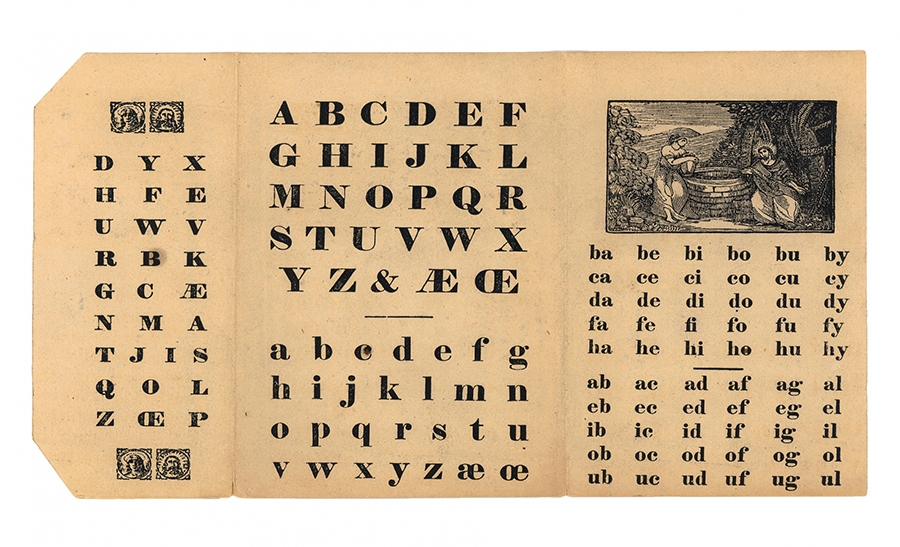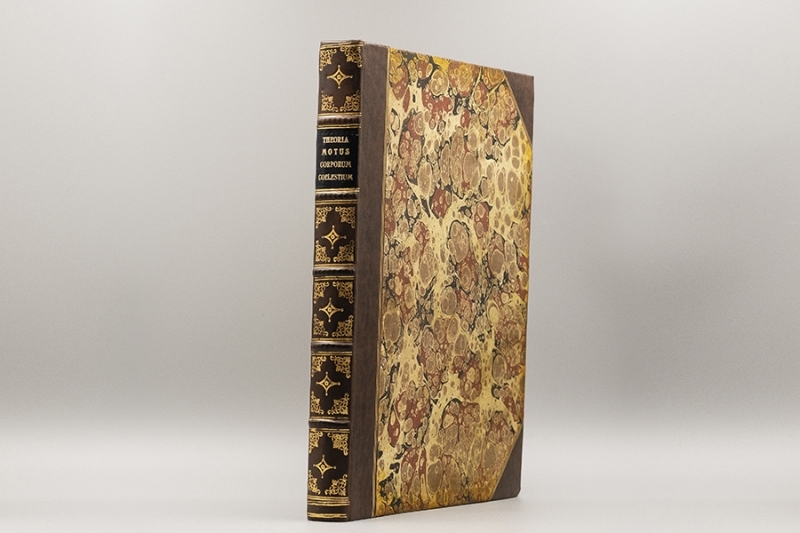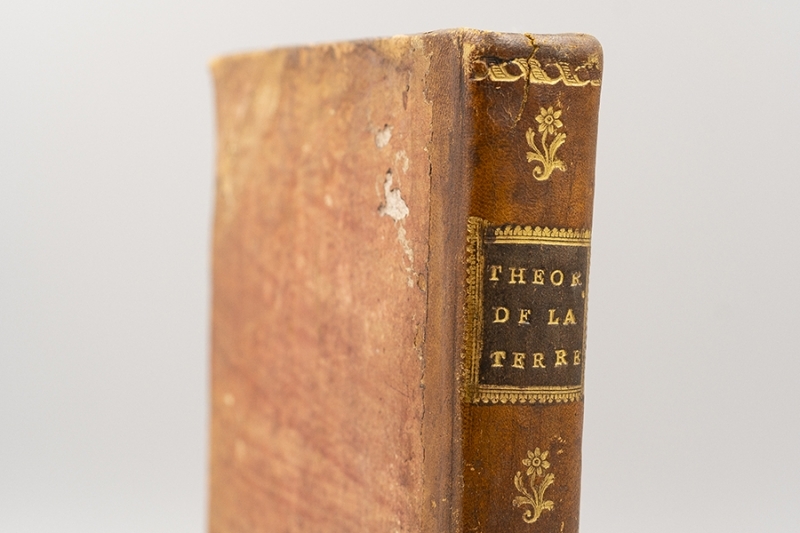
Alphabet Letters - Public Domain

Alphabet Letters - Public Domain
In the world of rare book collecting, you will find highly enthusiastic people with wildly varying degrees of knowledge. As an Ex Libris Universum reader, I will venture that you would prefer to be on the top end of that knowledge scale. One sure way to sound like an expert in anything is to use the lingo, but it’s especially important when you’re in conversation with book people, as they also tend to be words people. We’ve already encountered plenty of book-specific vocabulary in past Ex Libris posts like gutters, frass (bug poop!), and bibliographic description.
A great source for this vocabulary is ABC for Book Collectors by John Carter and Nicholas Barker, a classic in book-related vernacular, which the International League of Antiquarian Booksellers has made available by PDF. We will use some of the terms from this book to explore items from the Wenner Collection and get you up to speed with all of the lingo we use in the library. The usefulness of this vocabulary is not limited to rare book collecting: booksellers and traders, librarians, archivists, historians, book conservators, and many other fields regularly use these terms to describe concepts.
Here are a few of these definitions taken directly from ABC for Book Collectors paired with items of interest from the Wenner collection:
ANTIQUE
“This has one specialised use: for bindings (mostly calf or half calf) which are in fact modern but have been executed in the style of some earlier period. Alternative descriptions for this tactful approximation to the book’s original dress would be ‘old-style calf ’, or ‘half calf, period style ’. Calf antique is also sometimes used to denote divinity (or oxford) calf.
Genuinely antique binding, if not precisely datable, will be described as original, contemporary, early, or simply old.”
*Note: jump down a few paragraphs to find out what “calf” means!
From the Wenner Collection:
Here is an example of antique binding - modern binding made to look old: Johann Gauss’s Theoria Motus Corporum Coelestium from 1809. The pages of the book are from 1809, but it has been rebound.

Johan Gauss, Theoria Motus Corporum Coelestium: 1809
Photo by Aaron Auyeung
Here is an example of old binding: Ptolemy’s Almagest, dated 1528.

Ptolemy's Almagest, 1528
Photo by Aaron Auyeung
BINDING
This is a widely used term when discussing books, and the definition in ABC for Book Collectors, though interesting, goes into too much detail for our purposes. Instead, we will look to the Webster’s New International Dictionary, 2nd edition, definition 2a:
“The fastening of the sections of a book, esp. This fastening and cover; also, a style or exemplar of bookbinding.”
ABC distinguishes two binding styles:
Half bound: “This normally means that the spine and outer corners are of leather (or vellum) while the rest of the sides are covered with cloth or paper (often marbled).”
Full (of binding) or full bound: “Full calf… simply means bound in calf. The term is used, seldom necessarily and mostly just for emphasis, in contradistinction to half or quarter binding.
From the Wenner Collection:
Here is Benjamin Franklin’s Experiments and Observations on Electricity, which is full bound - here you can see the fastened sections of the book and its cover.

Experiments and Observations on Electricity by Benjamin Franklin, 1774
Photo by Aaron Auyeung
CALF
“Leather made from the hide of a calf: the commonest leather used in bookbinding. It is smooth, with no perceptible grain. Its natural colour is pale biscuit but it can be dyed almost any shade. Calf can be treated in a number of ways, and for books full bound (as distinct from half bound) it will often be further described as polished, sprinkled, mottled, stained, tree (a special pattern), marbled, diced, scored or grained. There are also special styles, such as rough or reversed, divinity, law and antique.
In catalogues, calf (unqualified) will usually denote a binding not so new as to be shiny and not more than about a hundred years old; old calf, a binding clearly not modern, but one which the cataloguer does not consider contemporary with the book and hesitates to date with any precision; early calf (which would not be used of a book printed later than about 1750), one seemingly bound (or rebound) fairly soon after publication, but not close enough to it to justify the adjective contemporary.”
From the Wenner Collection:
This is Alexis Claude de Clairaut’s 1743 Théorie de la Figure de la Terre, tirée des Principes de l’Hydrostatique, which has information about Clairaut’s theory of potential. Since it’s just shy of the 1750 cutoff, it could be “early calf,” but it can be very difficult to say for sure.

Théorie de la Figure de la Terre, tirée des Principes de l’Hydrostatique by Alexis Claude de Clairaut, 1743
Photo by Aaron Auyeung
Bonus definition:
BIBLIOMANIA
“Literally, a madness for books. A bibliomaniac is a book-collector with a slightly wild look in his eye.”

Lucy the dog reading The Love Affairs of a Bibliomaniac by Eugene Field, 1896. This book is not in the Wenner Collection, but you can read all about it in the blog Stevereads here!
Photo by Steve Donoghue
Note: This is not a book in the Wenner Collection, but if your dog did want to read a rare book, you and your hound might want to review how to handle rare books!
Add new comment